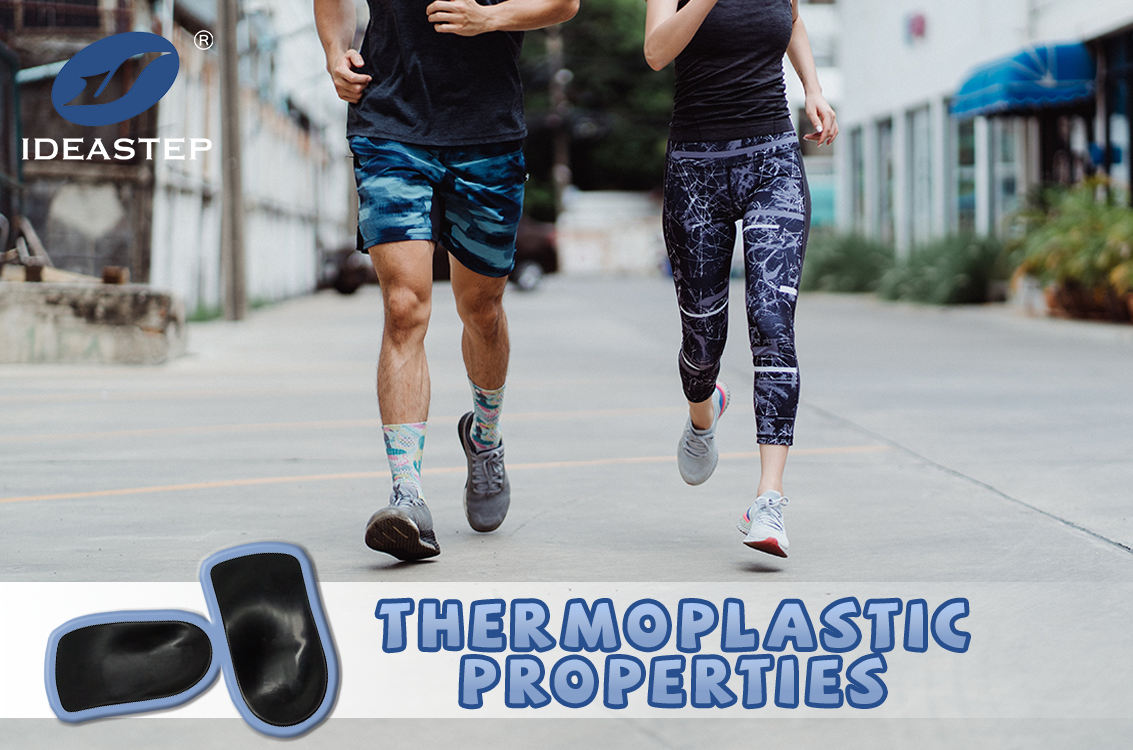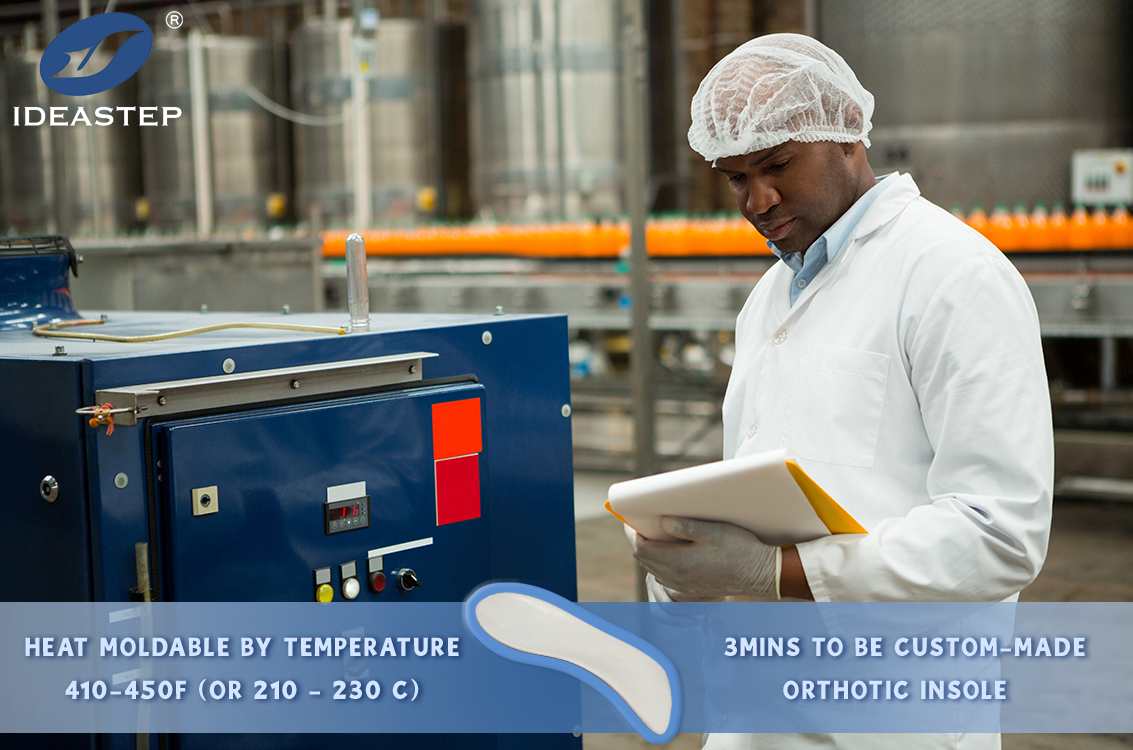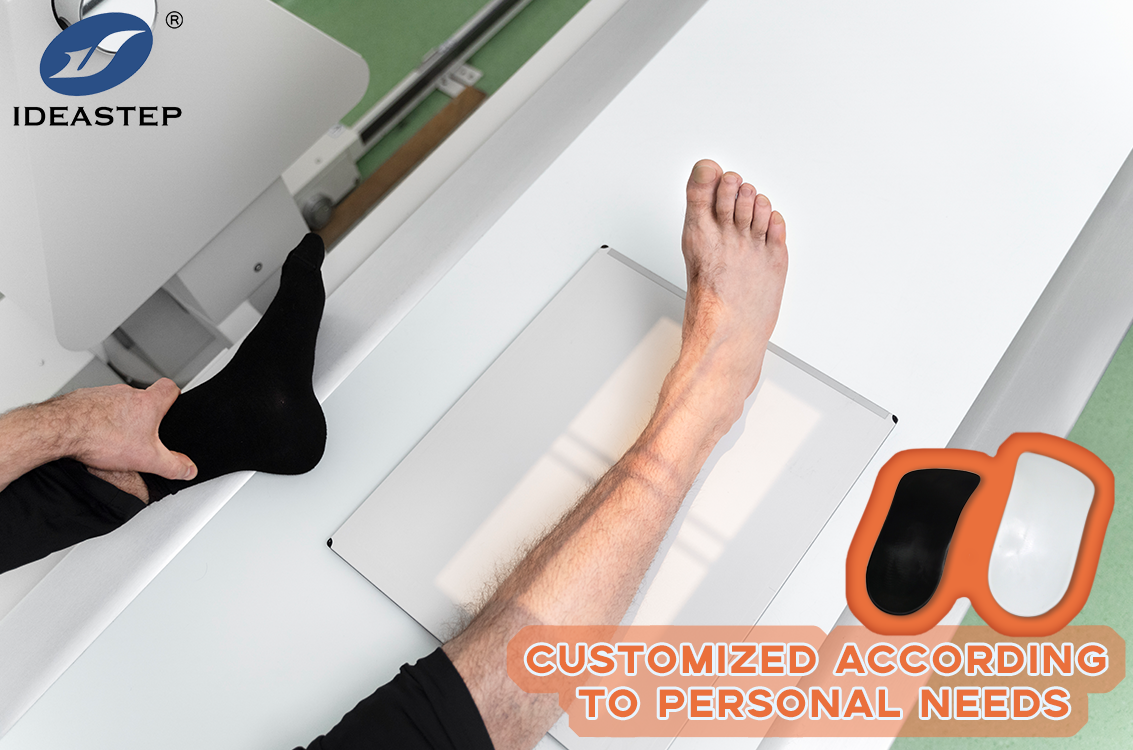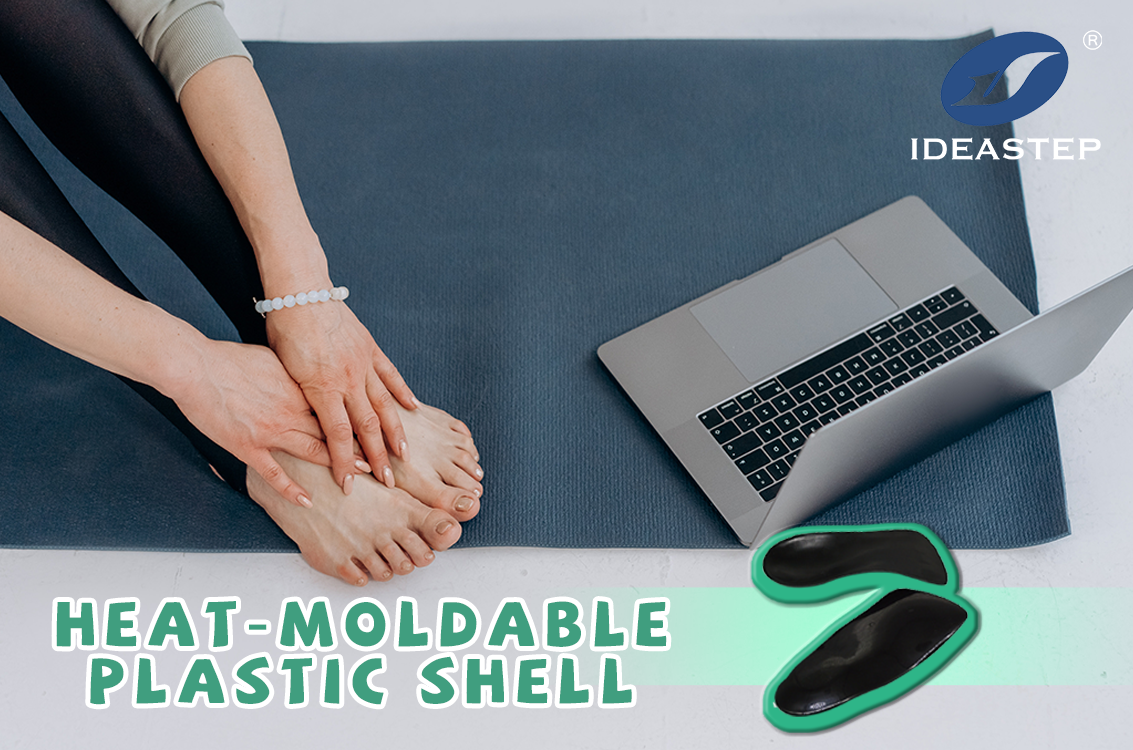Crafting heat-moldable insoles involves a precise process that ensures a perfect fit and optimal comfort. This step-by-step guide outlines the essential stages of creating custom insoles, from material selection to final adjustments, providing a comprehensive overview for anyone interested in this innovative approach to foot support.
The Process of Crafting Heat Moldable Insoles: A Step-by-Step Guide
Heat-moldable insoles offer a customized fit that can significantly enhance comfort and support. The process of creating these insoles involves several key steps, each crucial for achieving a personalized and effective insole. This guide will walk you through the process of crafting heat-moldable insoles, detailing each stage from material selection to final adjustments.

1. Material Selection
The first step in crafting heat-moldable insoles is selecting the appropriate materials. The choice of material impacts the insole’s comfort, durability, and molding capabilities. Common materials used include EVA (Ethylene Vinyl Acetate), polyurethane, and specialized heat-moldable foams. Each material offers unique benefits, such as cushioning, support, and heat retention, which influence the final product’s performance.
2. Designing the Insole
Once the materials are selected, the next step is designing the insole. This involves creating a pattern that fits the specific needs of the user. The design may include features such as arch support, cushioning zones, and heel cups. Using computer-aided design (CAD) software can help in creating precise and customizable patterns. Accurate design ensures that the insole provides the necessary support and comfort when molded.
3. Cutting and Shaping
After designing the insole, the material is cut and shaped according to the pattern. This step involves using cutting tools or machines to achieve the desired insole shape. The material is often cut into sheets or pre-formed shapes that will be further molded. Ensuring clean and precise cuts is important for achieving an accurate fit and preventing issues during the molding process.

4. Heating the Material
Heating is a critical step in the process of crafting heat-moldable insoles. The material must be heated to a specific temperature to make it pliable and ready for molding. This is typically done using an oven or heat press. The temperature and duration of heating depend on the material being used. Proper heating ensures that the material becomes soft and moldable without compromising its structural integrity.
5. Molding the Insole
Once the material is heated, it is placed into a mold that matches the shape of the user’s foot. This step can be done using a foot mold or a pre-formed insole mold. The material is then pressed into the mold to achieve the desired shape and contours. During this stage, it is important to ensure even pressure and contact with the mold to achieve a uniform and accurate fit.
6. Cooling and Setting
After molding, the insole needs to cool and set to maintain its new shape. This process typically involves allowing the insole to cool at room temperature or using a cooling system. Proper cooling ensures that the material retains its molded shape and provides the intended support and comfort. It is crucial to avoid rushing the cooling process, as this can affect the final quality of the insole.

7. Final Adjustments
Once the insole has cooled and set, final adjustments may be necessary. This can include trimming excess material, smoothing edges, and adding additional features such as adhesive layers or top covers. Final adjustments ensure that the insole fits well within the shoe and provides the desired level of comfort and support.
8. Quality Control
Quality control is an essential part of the process. Each insole should be inspected for consistency, fit, and functionality. This may involve checking the insole’s alignment with the foot mold, ensuring proper cushioning and support, and verifying that the insole meets all design specifications. Quality control helps to identify and address any issues before the insoles are used by the end user.
9. Testing and Validation
Testing the insoles for performance and comfort is the final step in the process. This may involve user trials or biomechanical assessments to ensure that the insoles meet the intended requirements. Testing helps to validate that the insoles provide the expected benefits and perform well in real-world conditions.

10. Conclusion
The process of crafting heat-moldable insoles involves several critical steps, including material selection, design, cutting, heating, molding, cooling, and final adjustments. Each step contributes to creating a personalized and effective insole that enhances comfort and support. By following this step-by-step guide, you can understand the intricacies of crafting high-quality heat-moldable insoles and appreciate the effort involved in achieving a perfect fit.
FAQ
What materials are commonly used for heat-moldable insoles?
Common materials used for heat-moldable insoles include EVA (Ethylene Vinyl Acetate), polyurethane, and specialized heat-moldable foams. Each material offers different benefits in terms of cushioning, support, and heat retention.
How long does the heating process take for heat-moldable insoles?
The heating process duration depends on the material being used and the specific temperature requirements. Typically, it involves heating the material for a few minutes until it becomes pliable and ready for molding.
Can heat-moldable insoles be customized for different foot shapes?
Yes, heat-moldable insoles can be customized to fit different foot shapes by using precise molds and adjusting the design. The molding process allows the insoles to conform to the unique contours of each individual’s foot.
